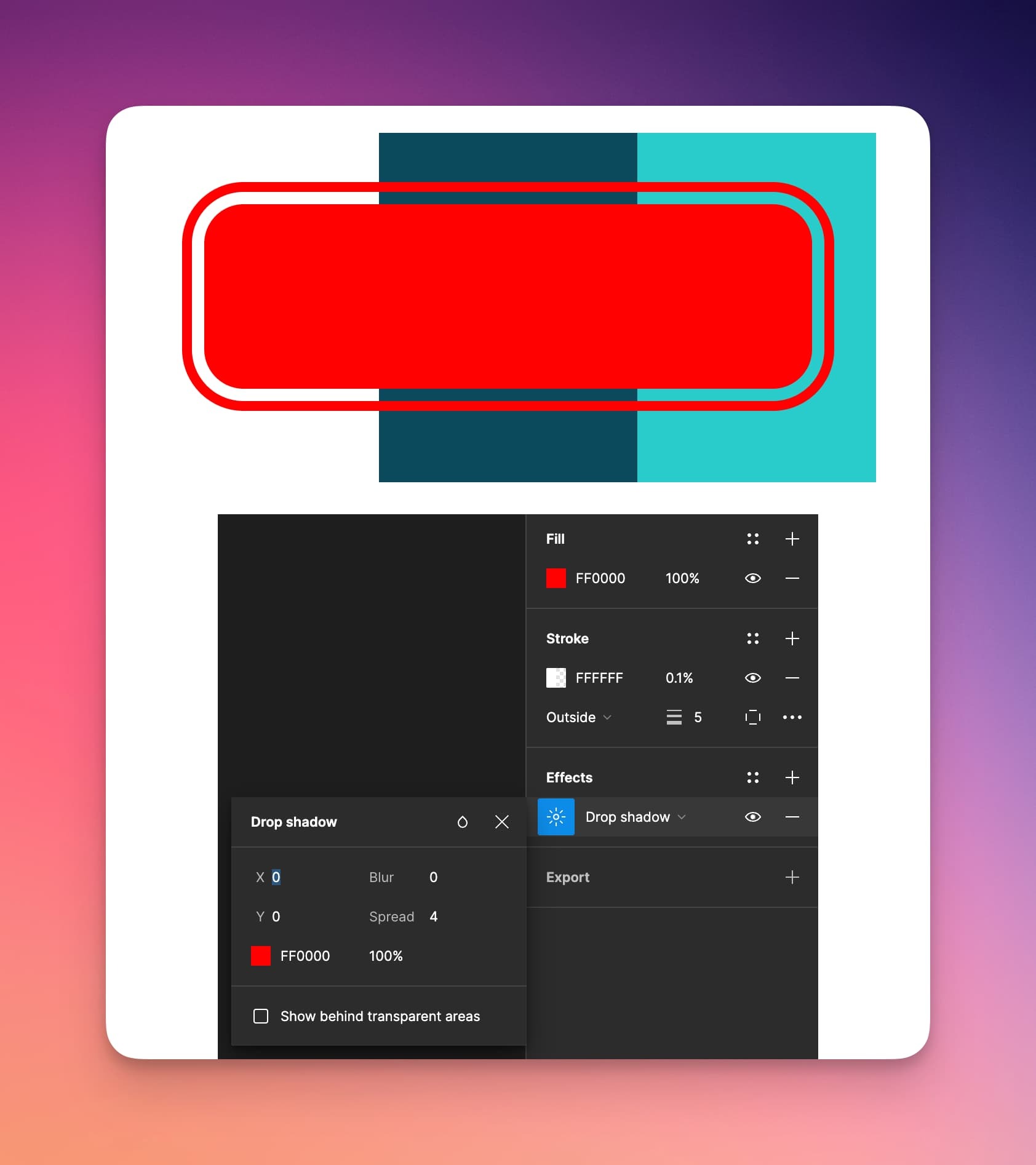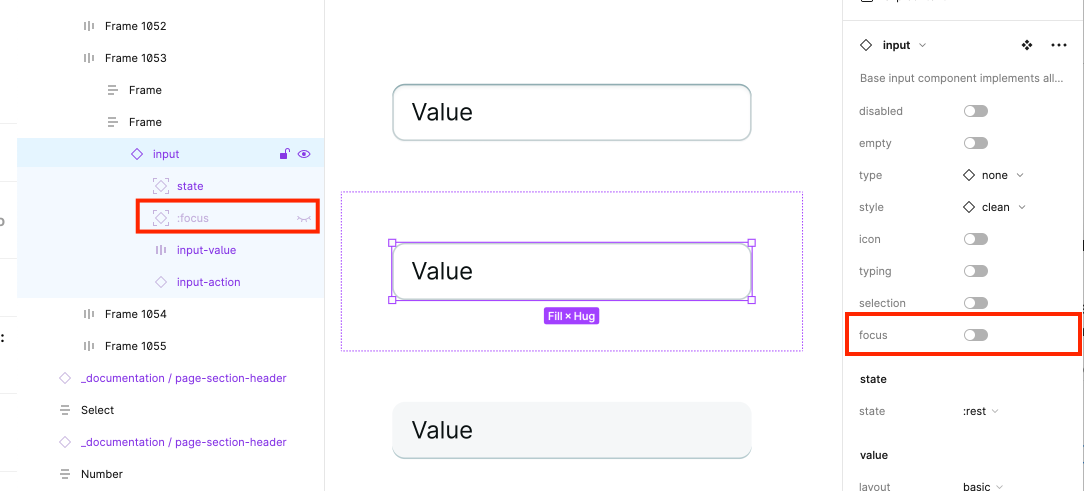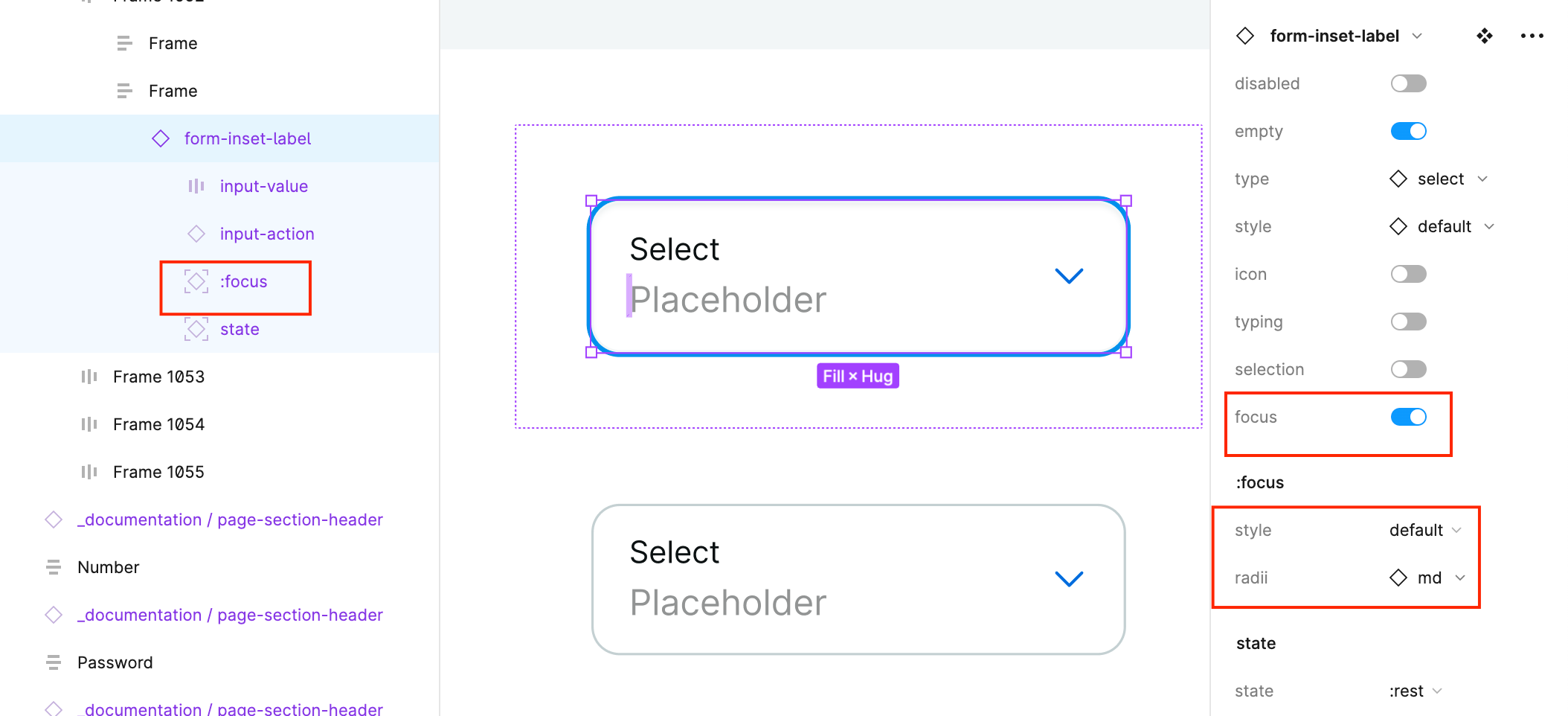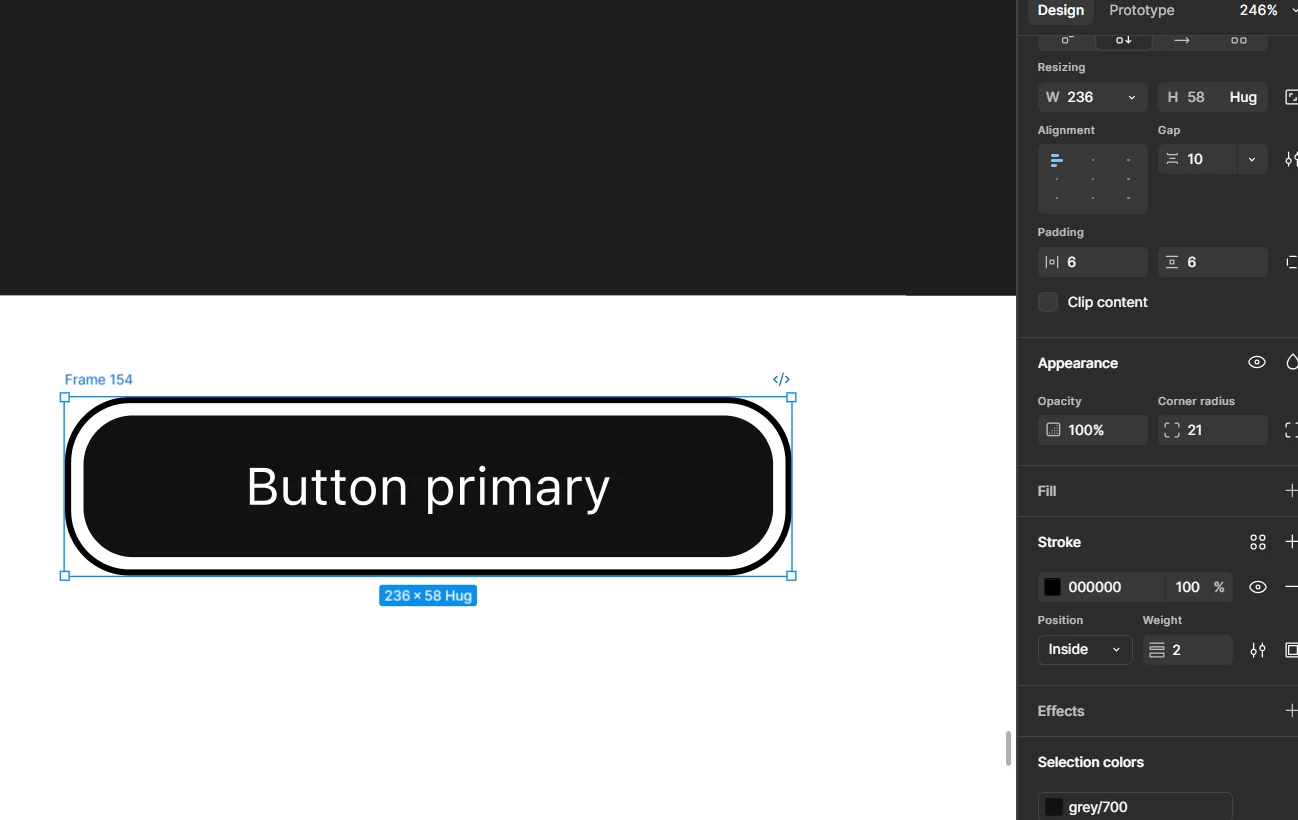It would be very useful to have the ability to offset a stroke. For instance, in the case of the focus state for buttons and other components. Currently, there is a workaround, but it is not very convenient as it requires us to manage shadow and transparent stroke. This is especially inconvenient for a large library of components and complicates developer handoff.
Enter your E-mail address. We'll send you an e-mail with instructions to reset your password.





